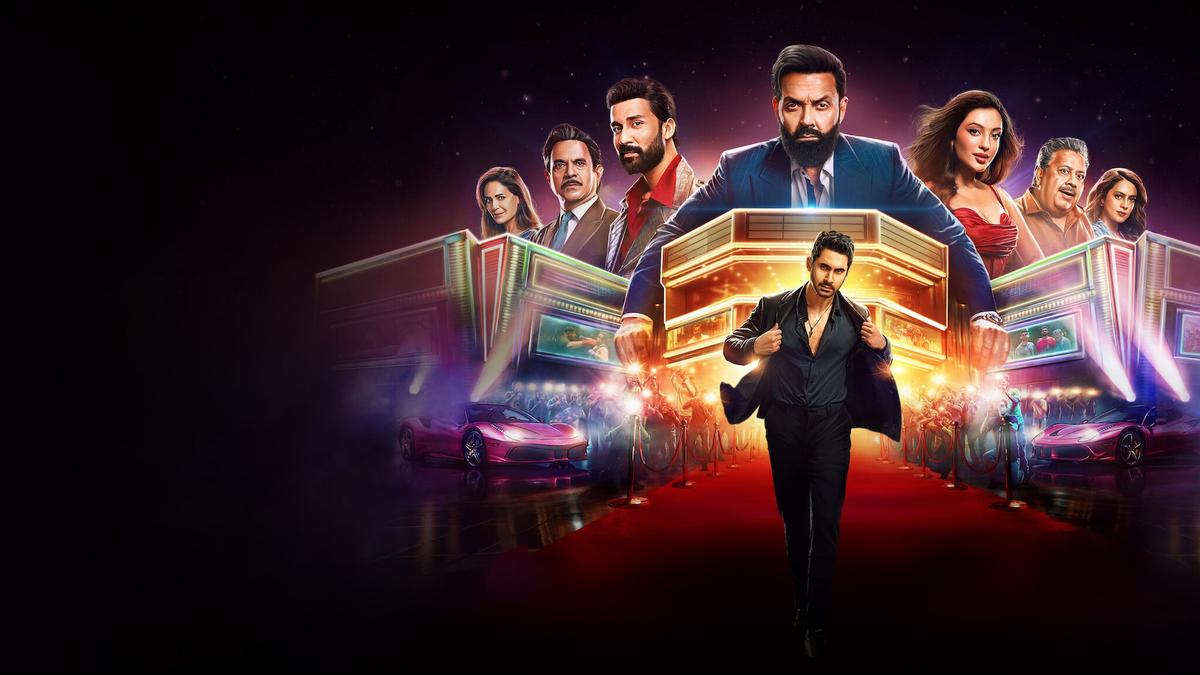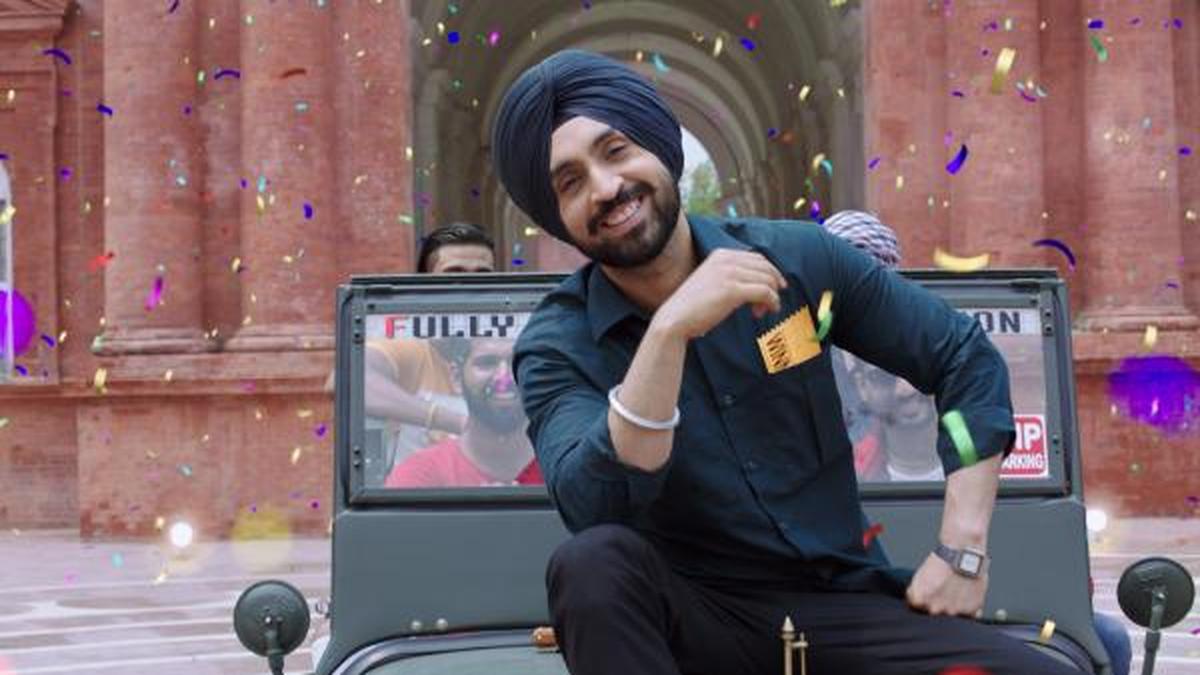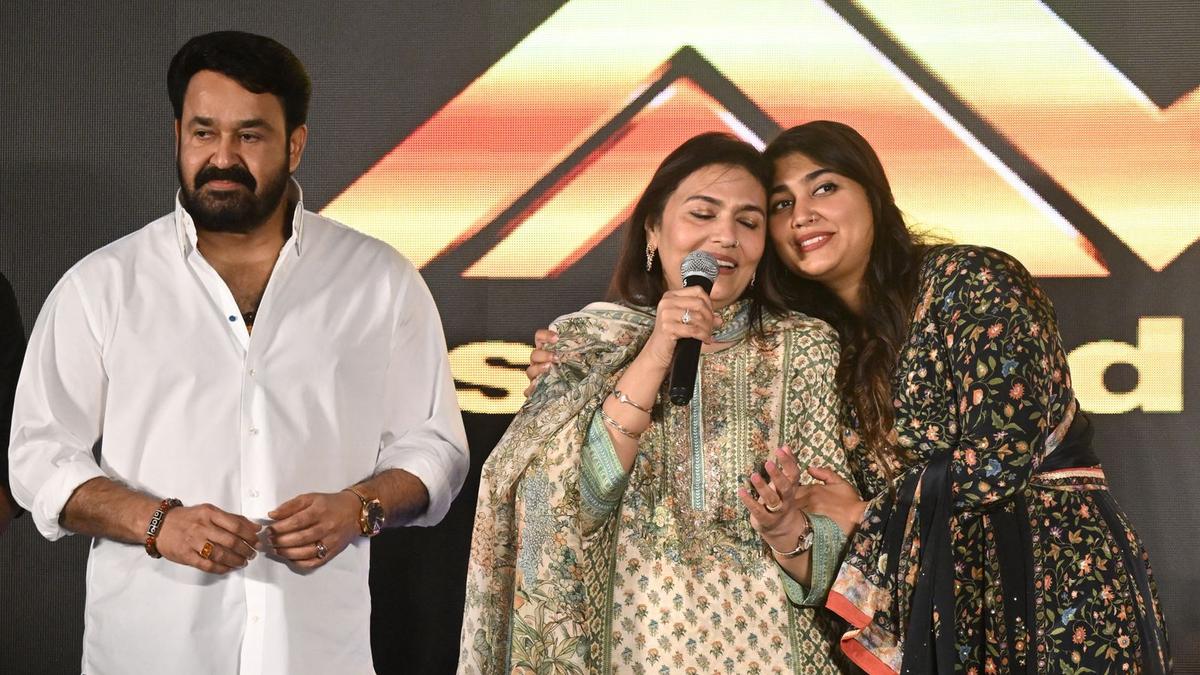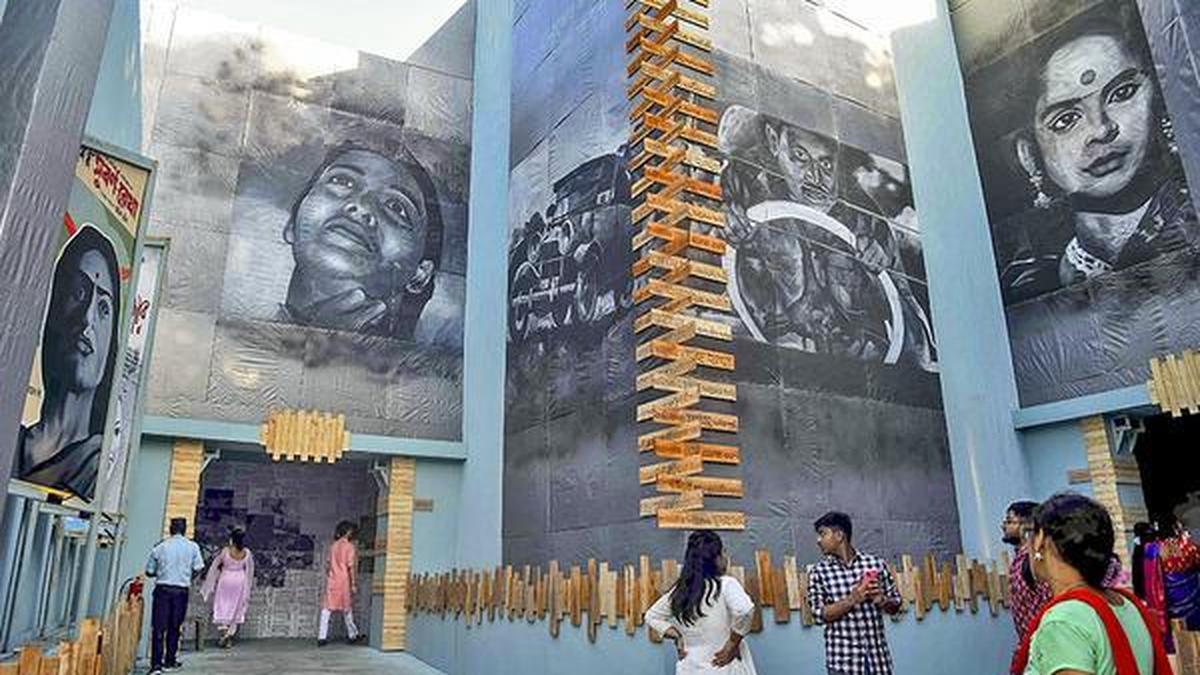The film lover’s conventional view is ‘what if’. What if Ritwik Ghatak’s Nagarik, completed in 1952 but unreleased till his death, was released before Satyajit Ray’s Pather Panchali in 1955? Would the posthumous outsize legacy that arrived in the decades since he has gone be his in his lifetime?
But this is a ‘what is’ statement, not a ‘what if’ piece. What is uncontestably true is that Ghatak’s legacy in mainstream Hindi film is more palpable, and arguably more celebrated, than the legacy of Ray and Mrinal Sen, his contemporaries in the so-called holy trinity. Ray gets more lip service from mainstream Hindi filmmakers, and Sen gets more nods in the work — for instance, in the use of the narrative voiceover, in popular Hindi film’s love for self-referencing as we see in Yash Raj and Dharma films. But that is another essay.
There are two reasons why Ghatak has a more direct footprint in popular Hindi film. One is his much-talked about use of melodrama as a form. The other is his stint in the Film and Television Institute of India as a teacher. By accounts available online, this was only over the period 1965-1966, but clearly it was a potent couple of years given the number of acknowledgements he received from figures such as Vidhu Vinod Chopra, Sanjay Leela Bhansali and Payal Kapadia. (Kapadia’s documentary A Night of Knowing Nothing features a mural of Ghatak at the FTII campus.)


Ritwik Ghatak lives on at FTII, Pune. (Courtesy Shamya Dasgupta and Westland Books)
Melodrama reimagined
First, melodrama. Mainstream Hindi film is considered melodramatic, whereas arthouse film, particularly Indian arthouse shaped by post-war Italian neorealism and the French new wave, prefers realism. This, obviously, is a vast generalisation — Ghatak himself is arthouse yet melodramatic — but for now, let it stand. Given this kinship of melodrama, the man’s presence is naturally palpable in mainstream Hindi film, including those of today.
How do I understand Ghatak’s use of melodrama? The standard definition of melodrama is a plot where much happens, including a reliance on coincidences, and sentiments are overheated, the sum of it veering towards exaggeration. Realism tends towards simpler, slices-of-everyday life plots. In Ghatak’s best-known work Meghe Dhaka Tara, it is not enough that the protagonist Neeta (Supriya Choudhury) has to give up her studies, and loses her suitor to her sister to support her Partition refugee family, but she must also contract a deadly form of tuberculosis that consumes her, literally.
In Subarnarekha, it is not enough that the heroine Seeta (Madhabi Mukherjee) is estranged from her beloved brother Ishwar, loses her husband to a tragic accident, and is forced to take up sex work to support herself, but also that her very first client is the same estranged older brother (by coincidence). This kind of heated plot development is much closer to Bollywood.

A still from Ghatak’s film ‘Meghe Dhaka Tara’ (1960). (IMDB)

A still from Ghatak’s film ‘Subarnarekha’ (1965). (IMDB)
Ghatak pioneered one of Bollywood’s most distinctive tropes — reincarnation — with his story for Bimal Roy’s Madhumati, the highest-grossing Hindi film of 1958. The film itself has had several re-incarnations in Bollywood, most prominently Subhash Ghai’s Karz (1980), and in part, Farah Khan’s Om Shanti Om (2007).

A still from Bimal Roy’s ‘Madhumati’ (1958), written by Ghatak. (IMDB)

‘Karz’ (1980), directed by Subhash Ghai, was a reincarnation story.

‘Om Shanti Om’ (2007), directed by Farah Khan, was a reincarnation story.
Ghai is often listed as one of Ghatak’s students at FTII, which is my second argument for Ghatak’s palpable presence in Bollywood today. His list of direct students is said to include Adoor Gopalakrishnan, Mani Kaul, Kumar Shahani, Saeed Akhtar Mirza, and Ghai. But the two major directors who mention him often are Sanjay Leela Bhansali and Vidhu Vinod Chopra. Did they study directly under him? Perhaps Chopra, who has said in his interviews that Ghatak named him ‘Bidhu’.
Sound psychology
But their work carries imprints of Ghatak. In Meghe Dhaka Tara, Ghatak used the sound of a whip unforgettably to underline his heroine Neeta’s suffering. When she walks down the stairs from her boyfriend’s apartment on sensing the presence of another woman, there is the sound of a whip. Incongruent, it would seem. Why do we hear a whip when we should hear the sound of steps or even other people’s voices?
Later, when Neeta breaks down after singing a song, practising for her sister’s nuptials with her former boyfriend, we hear that whip again, lashing her again and again. This time, the message becomes clear: it is code to her inner being.

Bollywood filmmakers (from left) Vidhu Vinod Chopra, Sanjay Leela Bhansali and Subhash Ghai were students at FTII, Pune. (Getty Images)
In Devdas (2002), Bhansali uses the same sound when Devdas (Shah Rukh Khan) is leaving his ancestral palace as a young man (incidentally, as he is storming down the stairs) to protest his father’s orders. Choosing between his imperious father, whose approval he craves all his life, and his first love, is for Devdas akin to being lashed.
This is direct Ghatak, who elevated the use of sound in film to psychological strategy. But there is also indirect Ghatak in Bhansali’s work: his main characters often die or kill themselves, something we see in Ghatak’s Meghe Dhaka Tara, Subarnarekha, Titash Ekti Nadir Naam. Moreover, there is an emotional streak running to madness that we see often in Bhansali’s characters — whether Devdas who drinks himself to death because his father humiliates his love Paro (Aishwarya Rai), or Sameer (Salman Khan) who keeps talking to his long-dead father in Hum Dil De Chuke Sanam (1999), or Peshwa Bajirao I (Ranveer Singh), in Bajirao Mastani (2015), who dies hallucinating in a fever, fighting an imaginary battle after he learns that his mother and elder son Nana Saheb have imprisoned his wife Mastani. There is in all of them an excessive stubbornness, like Neeta in Meghe Dhaka Tara, who continues to bear her family’s ceaseless demands without letting on.

A still from Sanjay Leela Bhansali’s ‘Hum Dil De Chuke Sanam’. (1999). (IMDB)
There is also in Bhansali’s work, a charmed place for childhood and its memories — Annie (Manisha Koirala) remembers her grandmother (the great Helen) and their piano with much affection; Devdas and Paro are childhood playmates whose memories haunt Devdas; we know the thrill of touching water for the first time has never left Michelle Mcnally (Ayesha Kapur and Rani Mukerji) when we see her delight at a snowflake touching her in Black (2005).
In Meghe Dhaka Tara, the ageing schoolteacher father takes his adult daughter Neeta out for an early morning outing on her birthday, and her older brother Shankar joins in. The old man takes them to a rural idyllic landscape outside the city, and the memory of happier freer times descends upon them all.
Romance of childhood
Chopra has a penchant for childhood friends turning lovers. In his acclaimed, and to my mind, finest, film Parinda, Karan (Anil Kapoor) and Paro (Madhuri Dixit) are childhood mates, who become lovers. We see this also in Mission Kashmir — when Altaf (Hrithik Roshan) meets Sufiya (Preity Zinta) at an event, he references a conversation they had left incomplete as children.

A still from Vidhu Vinod Chopra’s ‘Parinda’ (1989). (IMDB)

A still from Vidhu Vinod Chopra’s ‘Mission Kashmir’ (2000). (IMDB)
In Ghatak’s Subarnarekha, Sita and Abhiram are foster siblings and childhood playmates, who fall in a love great enough for her to defy her guardian-like elder brother. In Meghe Dhaka Tara, we don’t know precisely when Neeta met her boyfriend Sanat, but he is her schoolteacher father’s student suggesting that the pair knew each other from adolescence. In Bari Theke Paliye, Ghatak pitches the entire film on the point of view of the eight-year-old Kanchan.

A still from Ghatak’s film ‘Bari Theke Paliye’ (1958). (IMDB)
The child is important to Ray as well — so much of Pather Panchali is from the boy Apu’s point of view. But Ray, arguably, would not see a childhood friendship through the lens of a grand romance. There is something fundamentally melodramatic about that, in that it privileges the emotional over all else.

A still from Satyajit Ray’s ‘Pather Panchali’ (1955). (IMDB)
Other film fans will point to more Ghatak references, remembrances, homages, and holograms. His work and admirers continue to grow. I’ll end with a delicious anecdote that the National Award-winning film critic Alaka Sahani wrote in an article titled “A River Named Ritwik” (in The Indian Express). A few days before his death, he consoled his daughter Samhita that his films would be appreciated after his death. Like the melodramatic stories he loved to tell where justice is hard to find in this life, Ghatak portended his own glorious ghost story.
The writer is the author of The Day I Became a Runner, and a National Award-winning film critic.

 6 hours ago
1
6 hours ago
1



















 English (US) ·
English (US) ·